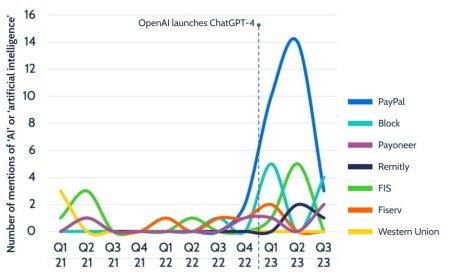Over the past 18 months, a significant portion of national economies within the European Union have encountered challenges. It is thus more relevant than ever to discuss the future value creation within our economies and how to safeguard the prosperity of our continent.
Undoubtedly, small and medium-sized enterprises (SMEs) serve as the backbone of Europe’s prosperity. They contribute to nearly two-thirds of European jobs and play a profound role in driving economic growth and fostering innovation. Similar to the 1950s-1960s when SMEs relied heavily on external financing, mainly from banks, to fuel innovation, present-day SMEs and startups require funding to effectively commercialize and scale their innovation. Unfortunately, the existing regulatory framework hinders European institutional investors from participating in financing this growth. For Germany alone, this has led to a staggering €2 trillion SME financing gap projected until 2040 according to a study published by Lakestar last year.
Consequently, Europe must seek solutions that encourage a larger influx of domestic institutional capital, such as pension funds and insurance companies, into private markets in order to ensure its future prosperity. The most promising solution could involve adjusting regulatory frameworks to facilitate new asset allocations by pension funds and insurers. With such changes we could trigger a similar momentum for innovation in Europe as with the successful adaptation of the “prudent man rule” in the United States in 1979.
Prior to 1979, the rule mandated pension managers to invest with the prudence of a prudent person. Consequently, many pension funds avoided venture capital investments entirely, as such investments were deemed imprudent. In 1979, the U.S Department of Labor ruled that portfolio diversification should be a factor in assessing the prudence of an individual investment. This ruling essentially indicated that allocating a small portion of a portfolio to venture capital funds would not be considered imprudent. This clarification paved the way for pension funds to invest in venture capital, resulting in a tenfold increase in net new commitments to venture capital just four years later. By 2001, over 50% of all U.S. venture capital was sourced from U.S. pension funds and insurers. North-American insurers and pension funds are to a certain extent, thus partially responsible for the creation and growth of global tech champions in the U.S.like Apple
AAPL
MSFT
AMZN
GOOG
In a European context, the current Solvency II directive serves as the prudential framework for insurance and reinsurance companies. It mandates these companies to maintain a certain liquidity-to-assets ratio to cover potential losses from risks. Capital requirements are determined based on economic evaluations of risks, with the mix of assets influencing the specific capital requirements.
Investments in private equities like venture capital fall under Type-2 equities and are thus subject to a 49% “stress factor” within the standard model of Solvency II. Simplified this stress factor translates to a fixed charge of 49% or €49 in additional reserves required for every €100 invested by insurance companies in private equities. If the target solvency ratio of an insurance company would be 200% this would mean that for every €100 investment almost the same amount needs to be put in additional reserves. This is a significant obstacle to substantial investments in private equities, exacerbating the European Financing Gap and hindering SME financing.
To illustrate, let’s consider Germany: In 2022, around 5.2% of insurer assets were allocated to private equities, totaling approximately 94 billion euros. By potentially reducing the penalizing stress factor for private equity investments through minor Solvency II adjustments or national guarantees, it is be feasible to increase asset allocations to private equities to 15%, a factor comparable to the U.S or Canada, resulting in about 271.6 billion euros. This substantial amount could significantly narrow the German Financing Gap, which Lakestar recently estimated at 2 trillion euros by 2040.
By addressing these issues, European insurance companies could autonomously bridge the financing gap in Europe and thereby become the catalysts for its future innovations and breakthroughs. Europe could make sure to stay relevant in a world in which we have already fallen far behind the United States and China.
Read the full article here















